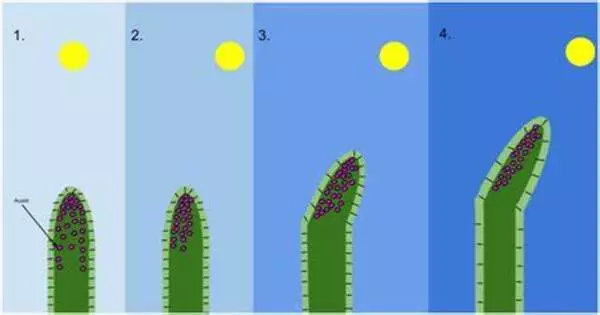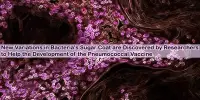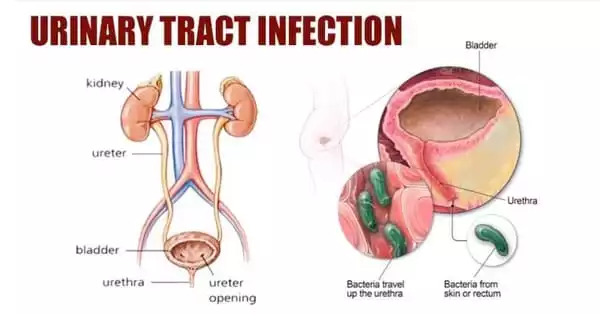Phototropins are a type of photoreceptor protein found in plants that play an important part in phototropism, which is the growth or movement of a plant in reaction to light. These are photoreceptor proteins (particularly, flavoproteins) that mediate phototropism responses in a variety of algae, fungi, and higher plants.
Phototropins are found in the leaves of plants. They, together with cryptochromes and phytochromes, allow plants to respond to and adjust their growth in response to the light environment. They are in charge of sensing and responding to blue and ultraviolet (UV) light, which is required for many elements of plant growth and development.
Phototropins may also be necessary for stomatal opening and chloroplast mobility. Blue light sensors are found across the green plant lineage. When phototropins are exposed to blue light, they activate a signal transduction pathway that affects the activities of plant cells in various ways.
Phototropins are primarily involved in the following processes:
- Phototropism: These allow plants to bend or grow in the direction of a light source, such as the sun. This directional growth response is critical for photosynthesis and resource acquisition optimization.
- Chloroplast Movement: These control how chloroplasts migrate throughout plant cells. They facilitate the translocation of chloroplasts within cells in response to light to maximize photosynthetic efficiency.
- Stomatal Opening: These factors also have an impact on stomatal opening and closure in response to light. Stomata are tiny holes on the surface of plants that govern gas exchange and water loss. Phototropins assist plants in modulating these apertures in order to respond to changing light conditions.
Phototropins are components of the phototropic sensing system in plants, which generates a variety of environmental responses. Phototropins, in particular, cause stems to bend towards the light and stomata to open.
Phototropins have been proven to influence chloroplast mobility within the cell. Furthermore, before of cryptochrome activation, phototropins cause the earliest alterations in stem elongation in blue light. Phototropin is also essential for the cell’s blue light-mediated transcript instability of particular mRNAs. They can be found in the guard cell.
Phototropins have two critical domains: a light-sensing domain that binds to cofactors such as flavin mononucleotide (FMN) and flavin adenine dinucleotide (FAD), and a kinase domain. When phototropins are exposed to blue or UV light, they undergo a conformational change that activates their kinase activity, resulting in a phosphorylation cascade that causes the aforementioned responses.
Phototropins, along with other photoreceptor proteins such as phytochromes and cryptochromes, are essential components of a plant’s photoreceptor system. These photoreceptors work together to allow plants to sense and respond to their light environment, allowing them to adapt to changing conditions for optimal growth and survival.
















